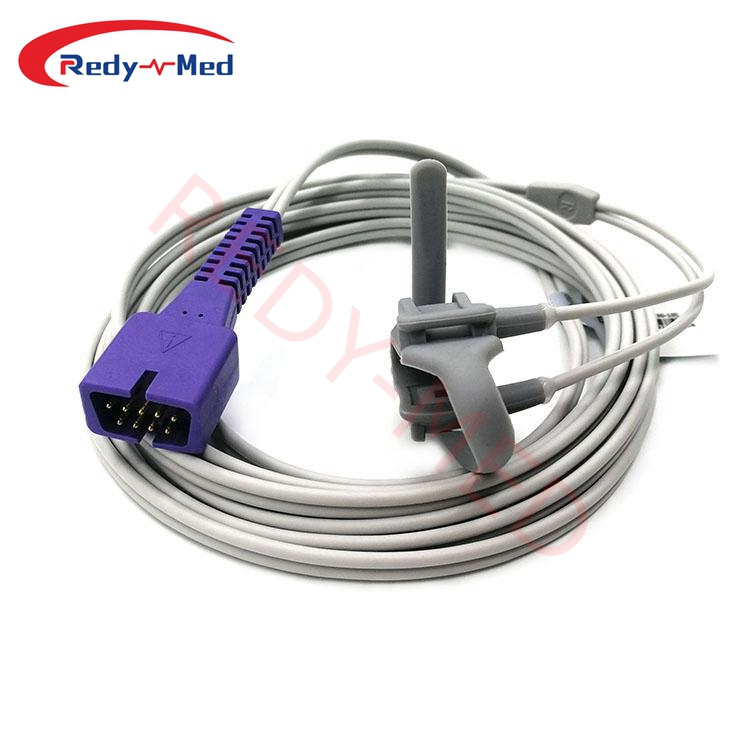
How the Baby SpO2 Sensor Works
2024-03-21 00:04:44
An In-Depth Analysis on How the Baby SpO2 Sensor Works

The Baby SpO2 Sensor is a vital device used in neonatal care to monitor oxygen saturation levels in infants. This medical instrument plays a crucial role in ensuring the well-being and safety of newborns. In this article, we will delve into the working mechanism of the Baby SpO2 Sensor, highlighting its significance in modern healthcare.
1. The Basics of SpO2 Measurement
SpO2, or peripheral capillary oxygen saturation, is a measure of the amount of oxygen carried by red blood cells. It indicates the percentage of hemoglobin saturated with oxygen in the arterial blood. The Baby SpO2 Sensor utilizes non-invasive pulse oximetry technology to measure SpO2 levels in infants.
Pulse oximetry involves shining a light through the patient's skin, typically at a fingertip or toe, and measuring the changes in light absorption. The sensor consists of two diodes, one emitting red light and the other emitting infrared light. The light passes through the tissues and is detected by a photodetector on the opposite side. The sensor then calculates the SpO2 level based on the amount of light absorbed by oxygenated and deoxygenated hemoglobin.
2. Design and Components of the Baby SpO2 Sensor
The Baby SpO2 Sensor is specifically designed to suit the delicate physiology of newborns. It is generally composed of the following components:
- Sensor Head: This part of the sensor contains the red and infrared light-emitting diodes and the photodetector. It is usually covered by a transparent adhesive material for easy placement on the baby's skin.
- Cable: The sensor is connected to the monitoring device through a cable, which carries the electrical signals from the diodes and photodetector to the main unit.
- Connector: The connector at the end of the cable allows the sensor to be securely attached to the monitoring device.
3. Reliability and Advancements in Baby SpO2 Sensors
Baby SpO2 Sensors have evolved significantly over the years, promising accurate measurements and enhanced patient comfort. Modern sensors are equipped with features such as motion artifact reduction and ambient light cancellation, which minimize inaccuracies caused by movement and external light sources.
In addition to oxygen saturation, advanced Baby SpO2 Sensors can also measure heart rate and perfusion index. Heart rate monitoring provides vital information about the baby's cardiovascular health, while the perfusion index indicates the strength of the blood flow to the sensor site.
In conclusion, the Baby SpO2 Sensor is a vital tool in monitoring neonatal oxygen saturation levels. Using non-invasive pulse oximetry technology, this device ensures the well-being and safety of newborns. As technology continues to advance, these sensors are becoming increasingly reliable and offer additional parameters for a comprehensive assessment of a newborn's health.
Get the latest price? We'll respond as soon as possible(within 12 hours)




